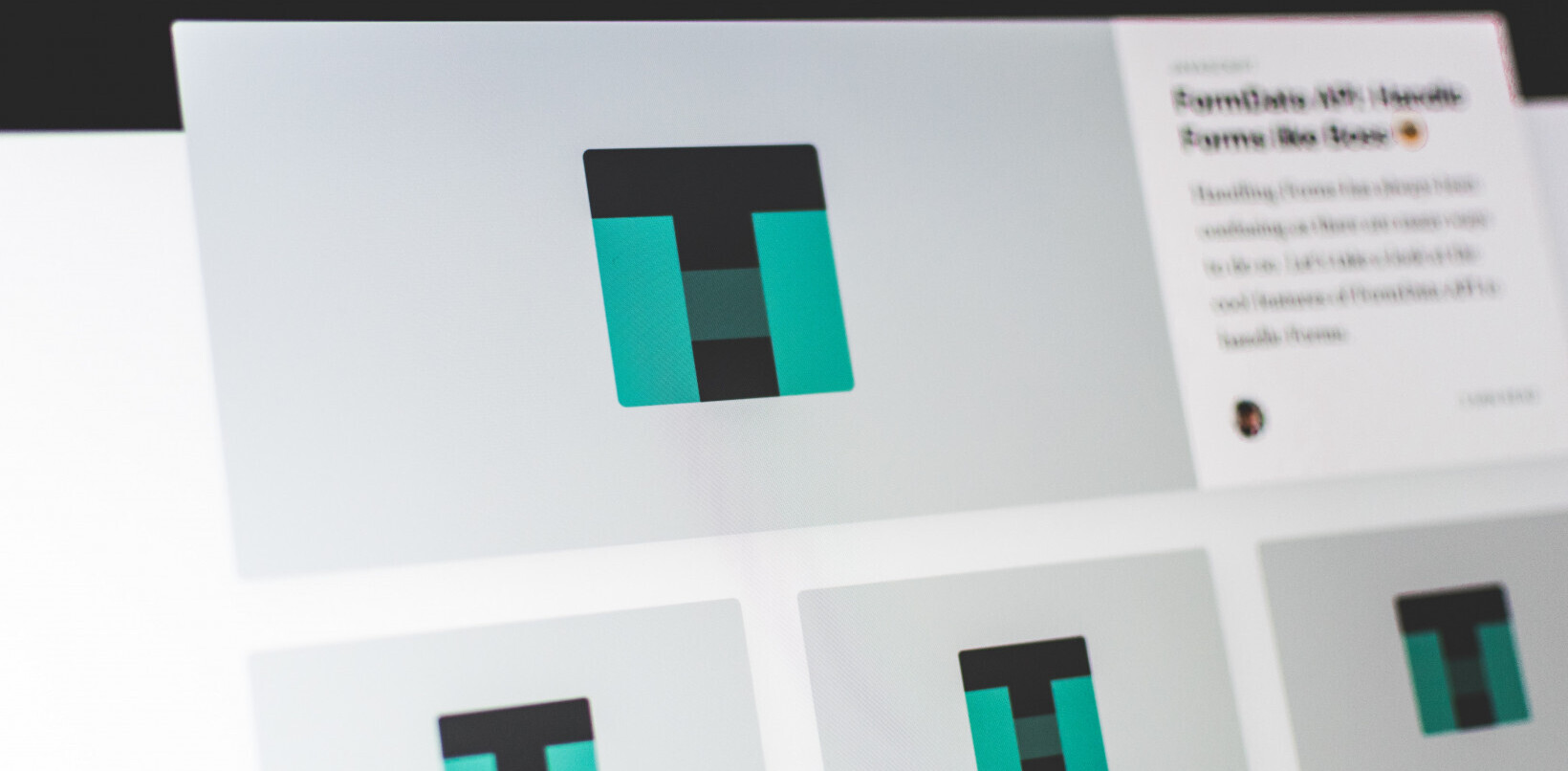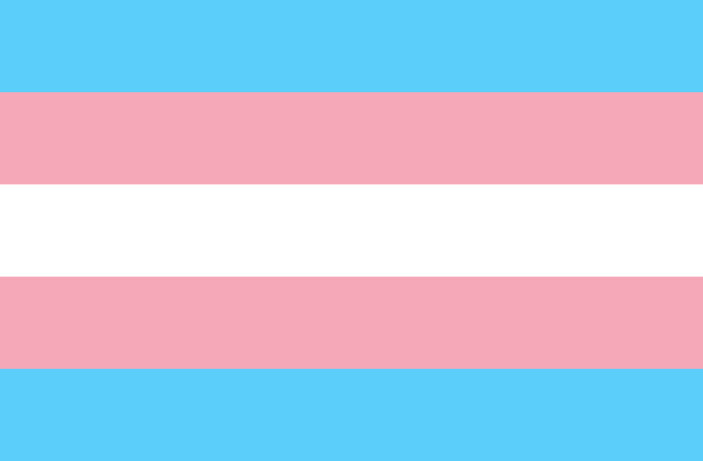
Think about all the frustrating products you’ve used at work. Expense reporting apps. Outdated CRM systems. Database management tools. In the world of B2B products, UX has historically been an afterthought.
But the status quo is changing. Enterprise UX — which refers to the design of business products — is in the middle of a renaissance. Startups like Gusto, Stripe, and Slack are setting the expectation that business products should be useful, usable, and satisfying. Even large organizations like IBM, GE, and Salesforce are positioning design as a competitive advantage and hiring thousands of designers to reshape processes and culture.
We at UXPin surveyed 3,157 designers, developers, and product managers to gather insight into how business products have evolved — and where they’re headed next. What challenges do product teams face? How are teams structured? Are B2B companies really becoming more agile, or are they still chained to old processes? Here are seven key takeaways from the 2017-2018 Enterprise UX Industry Report.
1. UX design is still new to B2B companies
At companies with more than 500 employees, 35 percent of respondents reported that a full-time UX design role has existed in their company for less than three years. Across companies of all sizes, 53 percent of respondents reported that UX has existed for less than three years.
This shows us that UX design is still a new discipline to over ⅓ of established companies.
In any company, especially established organizations with entrenched processes and layers of management, a new discipline needs to fit into the existing culture to succeed — or the culture itself must change. And changing a culture is no easy endeavor.

2. Design consistency is the top challenge
Design doesn’t scale like engineering.
As teams grow, design processes eventually break. Unless a standard set of tools and guidelines are in place, every new designer may introduce new inconsistencies to the product — slight changes in color, typefaces, or design patterns altogether.
Add in the complexity of B2B organizations, and it’s no surprise that 59 percent of all respondents reported that maintaining design consistency is their biggest challenge.
To eliminate inconsistency and improve scalability, many companies are turning to design systems as a long-term solution. Popularized by enterprises like Salesforce, Microsoft, Intuit, and others, a design system prescribes standards for product development and all the design and code components required:
- Guidelines — The design principles, code conventions, and editorial guidelines
- Visual assets — Color palettes, typographic scales, grid definitions, icons, etc.
- UI patterns — The design and code for repeating patterns in a product (e.g. page layouts, forms, buttons, etc)
- Governance and maintenance — Who can contribute changes to the design system and how changes get approved

3. Executive buy-in for design is more difficult in larger B2B organizations
A clear correlation exists between company size and degree of executive buy-in. In companies with one to 25 employees, 27 percent reported that executive buy-in is a challenge. At companies with 1000+ employees, that number nearly doubles to 48 percent.
This isn’t surprising — larger corporations are more entrenched in old processes, making it difficult to introduce new ways of thinking. Designers face a tougher time proving the ROI of their work, which makes it harder to change processes for long-term improvements.

4. Most B2B organizations follow agile processes
It is encouraging, however, that the old waterfall style of product development is fading away. Instead of defining all the requirements upfront and completing the work in phases, more teams are now following an agile process where requirements are regularly revisited, work is done in smaller iterations in “sprints”, and the output of each sprint is tested with end-users.

5. Design systems are the key to scaling UX in large organizations
The iterative nature of agile development, however, requires new types of tools for designers and developers. To keep up with the fast pace, teams need tools that can help them collaborate and deliver consistent work.
Since design consistency is the top challenge, it makes sense that 69 percent of respondents said their companies either have a design system or are building one. The components provided by a design system makes product development a LEGO-like exercise, minimizing inconsistency and improving scalability.

6. Self-education popular amongst B2B designers
Over 65 percent of respondents report learning design skills on their own. This percentage represents the number of people with no formal design education, and those with formal education who continue learning on their own.
The high rate of self-education could be due to the limited amount of formal UX programs. According to UX Mastery, only 132 universities around the world offer a 4-year degree related to UX.
The shortage could lead aspiring UX designers to major in a related field (such as psychology or anthropology) while building up experience through self-initiated portfolio work.

7. Design income and career prospects are promising in the B2B world
Despite the challenges, the future looks bright for designers in the B2B world.
Not only is formal design education not a stringent requirement, but income is also promising.
- Income dramatically increases when you have three to five years of experience — At this level, three times more respondents earn greater than $100,001 per year in the U.S. compared to those with one to three years of experience.
- Promising long-term career income — After 10 years of experience, 82 percent of respondents report yearly earnings of at least $150,001 in the U.S.

Conclusion
With UX spreading across the enterprise industry, more teams experience the growing pains of scaling design culture and processes.
- Design consistency, usability testing, and clear requirements remain pressing issues with majority of respondents.
- Designers per developer decreases as company size increases.
- Over half of respondents indicated that a full-time UX role was just introduced in the past three years.
Product teams, however, are quickly adapting to enterprise sprawl with more collaborative processes and toolkits. Nearly 70 percent of respondents report using a design system and over 90 percent follow some form of an agile process.
Enterprises are finally facing the reality that business users expect the same quality of experience as consumer products. While transformation won’t happen overnight, the future looks promising. As UX continues to evolve as a core business competency, so too will the processes and platforms that support collaborative product development.
For more insights around team structure, income, design leadership, and more, download the 41-page 2017-2018 Enterprise UX Industry Report.
Get the TNW newsletter
Get the most important tech news in your inbox each week.




